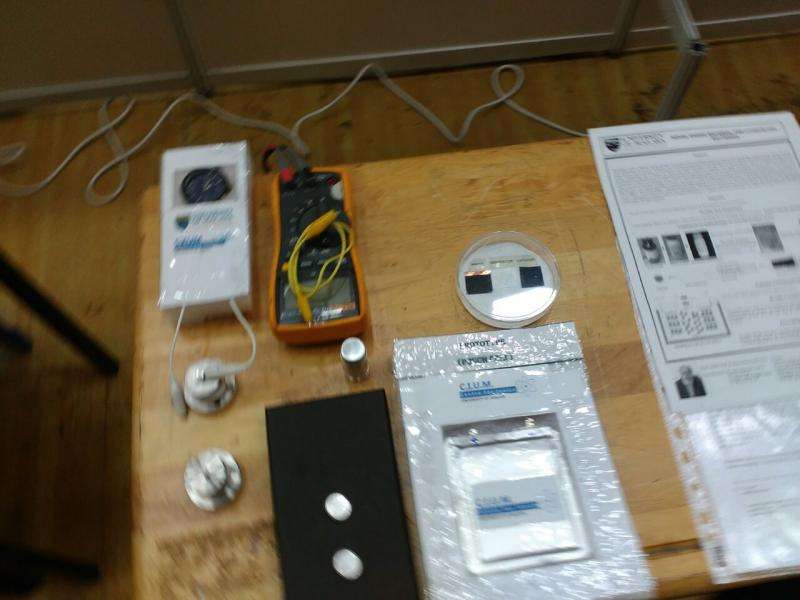Novel anode material for lithium-ion batteries

A novel, low cost and green lithiated tin vanadium oxide compound has been synthesized via simple, economical and scalable sol-gel method to replace the conventional graphite as electrode material for lithium-ion batteries. This material has a long technological lifespan as it can last long as long as it is well-kept under moisture free condition.
Nowadays, comfortable modern lifestyle requires portable electronic devices such as mobile phones, laptops, digital cameras, video camcorders and so on. These gadgets contain the rechargeable lithium-ion batteries. Without this energy storage unit, the devices cannot function.
A Li-ion cell consists of cathode, anode and electrolyte. The electrolyte is a liquid that has been added with a lithium salt. Inside the liquid, the salt exists as the positively charged cations and negatively charged anions. For example, lithium chloride (LiCl) will exist as Li+ cation and Cl- anion. New electrode materials have been intensively studied in order to improve the electrochemical properties and meet the ever increasing demand for Li-ion batteries.
Commercial Li-ion batteries comprise a lithiated metal oxide negative terminal (cathode) such as lithium cobalt oxide (LiCoO2), a graphite positive terminal (anode) and a Li-ion liquid electrolyte such as lithium chloride (LiCl), lithium hexafluorophosphate (LiPF6). However, the formation of dendrites at graphite anode during the charge-discharge cycles give rise to serious safety concerns (thermal runaway) even at low temperature conditions.
Extensive research has been carried out to find a replacement for graphite as anode material. In this work, lithium tin vanadium oxide (LiSnVO4) has been synthesized via sol-gel method. The research was directed by Prof. Dr. Abdul Kariem Arof, department of Physics, faculty of Science, Universiti Malaya with a team of researchers. "We do not want to involve sophisticated chemistry", said Prof. Arof. "It should be a straightforward, simple and inexpensive application. Therefore, it is easy to scale up making it a fully affordable application".
"Since there is no International Centre for Diffraction Data (ICDD) data available to match the XRD diffractogram of the material obtained, interpretation and indexing softwares have been used to predict the crystal structure system to be tetragonal (similar to that of SnO2)." said Dr. Teo Li Ping, one of the researchers of this work.
The developed LIB based on this novel LiSnVO4 compound exhibits an irreversible discharge capacity of 1270 mAh g-1 on the first cycle whereas a discharge and charge capacities of 305 mAh g-1 and 275mAh g-1, respectively have been obtained on the second cycle. The LIB can still achieve a reversible capacity of 211 mAh g-1 at the end of the 53rd cycle discharging at 1 V.
The detailed methodology of this novel compound synthesis has been filed for patent and one ISI-peer review paper has been published.
Provided by University of Malaya




















